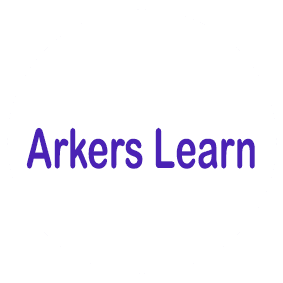Modern teaching methodologies refer to innovative and up-to-date approaches to education that aim to enhance student learning and engagement. These methodologies are based on the latest research in cognitive science and educational psychology, and include: These methodologies are not mutually …
Online teaching refers to the delivery of educational content and instruction through digital means, such as the internet or other computer networks. This can include live, synchronous instruction delivered via video conferencing, as well as asynchronous instruction delivered through pre-recorded …
An e-learning trend is a pattern or direction of development in the field of electronic or digital education. These trends can include new technologies, pedagogical approaches, or shifts in the way that learners access and consume educational content. Examples of …
The internet, also known as the World Wide Web, is a global network of interconnected computers and servers that communicate with each other using standard protocols, such as the Internet Protocol (IP). The internet enables the sharing of information and …
Computer-assisted learning (CAL) is a type of education that uses computers and other digital technologies to enhance the learning experience. It is also referred to as technology-assisted or technology-enhanced learning. CAL can take many forms, including: CAL is often used …
Cloud computing is a way of delivering computer services, including servers, storage, databases, networking, software, analytics, and intelligence, over the internet (“the cloud”) to offer faster innovation, flexible resources, and economies of scale. With cloud computing, users can access their …
Online learning refers to the process of acquiring knowledge or skills through the internet using a computer or mobile device. This can include taking online courses, participating in virtual classes, and using educational software or apps. Online learning can be …







